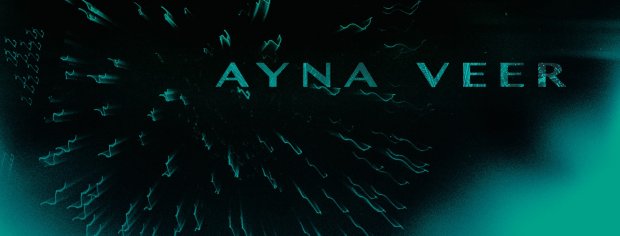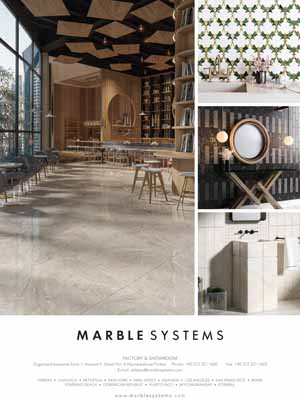It is too long since I heard USA-based Turkish jazz pianist Aydın Esen play live. I can still recall the chromatic crunchiness of his chords. At that concert in Istanbul in July 2019 (described in my blog), I watched and listened in awe as spherical baubles of meaningful melody crystallised themselves out of the atonal void, pulsing light. To say that I was blown away would be an understatement: I felt as if I had been picked up, twirled in the air and plonked down several rows back from where I was sitting. The phrase ‘transports of delight’ has meaning here.
So – partly out of a selfish desire to relive that unforgettable experience – I will share with you some thoughts on an album Aydın Esen has recently produced together with Vernau Mier (an alto saxophonist from Barcelona), drummer Eric Valle – also from Barcelona – and double-bass player Nadav Erlich. We are told that Mier, Valle and Erlich are from ‘Spain and Israel’, so by a process of elimination I conclude that Erlich must be the one who hails from Israel. The title of the album – Ayna Veer – has obviously been cobbled together from the names of the members of the group: ‘Aydın’ gives us the Ay, and ‘Nadav’ gives us the Na. You can work the rest out for yourself.
‘Secret Wildflower’ a composition by Vernau Mier, was released as a single on March 5. The blurb I received says it ‘explores the beauty and fierceness of raw nature’. Hmm. It is true that the success of this album depends largely on the giving of rein to free improvisation; nevertheless, there are reins and a harness on the beast, even if spurs are absent. ‘Raw nature’ – no, sorry, there’s just too much Art involved. The blurb continues: ‘There are no rules, just invitations and ideas.’ Well, to me it sounds a great deal more sophisticated than that: there is a ternary structure (A-B-A), with the theme recurring towards the end after a ‘development section’.
Two comments in the blurb that I can definitely agree with are the following: ‘Vernau [the saxophonist] creates overarching melodies that bring the other elements together, building bridges on top of the chaos.’ And of Eric Valle, the drummer, we are told that he ‘maintains the balance between keeping to the traditional role of the drummer and bringing forward new ideas… Eric creates an energetic and fluid base that nourishes a creative space for ideas to blossom.’ As for double-bass player Nadav Erlich, meanwhile, what I personally like about him is that he maintains his modernity – that is, the independence of his voice – only taking on the role of accompanist in the slower, quieter sections where any uncalled-for fits and starts would be obtrusive. I have to say, also, that there are places in the tracks I have listened to where I wish the bass had been allowed to come through a little more at the mixing stage.
I will now give a blow-by-blow account of ‘Secret Wildflower’, drawing attention to the parts that I find the most pleasing. This account will be in tabular form, the idea being to make my notes easier for you to follow while you are listening to the track. Here is the link:
00:27 Sax solo with the main theme (from the way the piano repeatedly
anticipates the saxophonist’s next phrase. I would guess that the first
couple of minutes are scripted, not improvised). No showing off –
sax plays modestly, without unnecessary extravaganzas.
05:56 Piano hits a high dissonant chord; sax falls silent, allowing piano to
take over. Notice how quickly the drummer adapts to the new texture.
Now we hear more of the bass.
07:21 Piano introduces new material; bass hits just the right note at 08:05.
08:21 Pianist introduces a new rhythm. New rhythm immediately taken up
by drummer with cymbal hits.
09:17 Piano chord announces a slower and more relaxed section; drummer
cools off. Bass hits just the right note once again at 09:26. (Note to
sound technician: I wish we could hear more of the bass from 09:30
onwards.)
09:31 Piano and bass together create a frame for forthcoming sax entry.
09:52 Sax enters with a repeat of the main theme.
10:02 Piano now acts as accompanist to sax, first with clusters mirroring the
theme, then (at 10:26) with chords, at 10:42 with more clusters, and
at 10:50 with the addition of synthesiser.
10:51 Drummer simplifies the rhythm (watch him go at it at 10:57!)
11:12 Drummer now breaks up rhythm in preparation for anarchic coda;
descending figure from piano and squeals from sax introduce coda.
11:34 Weird moans, bird noises and bass plucks – this is the only truly feral
part of the piece.
Actually, my favourite track from Ayna Veer is not ‘Secret Wildflower’, but ‘Trip to H’, which seems to me to be more structurally satisfying. (I apologise for allowing my classical background to intrude here.) Also, I think the return of the sax theme is more telling in this piece, and I find the ending more evocative and interesting. Anyway, here is the link:
00:00 Again, the co-ordination between sax and piano in the first part
makes me think this part was scripted. Watch Aydın’s mouth
movements at 01:47!
02:36 Piano solo takes off; this is the beginning of a lovely free-running
passage.
03:06 What a chord!
03:29 Aydın makes a funny sound with his mouth, then launches into a
bravura piano solo. My own mouth falls open at this point, too.
(Embarrassing, but what can I do?)
05:08 Sax returns; piano gradually falls silent, making way for sax solo. I
appreciate the simplicity of the sax playing here.
06:09 Drumming hots up.
06:13 Piano returns with high-tension chords and clusters.
06:31 Synthesiser pleasantly muddies the texture. Meanwhile, there are
sax squeals; drummer’s rhythm contributes to the effect (nice work!)
07:02 Trenchant high chords from piano – I’d love to see the score here.
Bass bubbles up from below, then some searing synth stuff.
07:17 Tension begins to be released with a descending piano figure.
07:39 Saxophonist’s foot visible on pedal; obviously, something is cooking.
New relaxed timbre.
07:44 Ghostly statement from sax.
08:03 Piano accompaniment in new, clearer style forms perfect
counterbalance to smoky sax melody.
09:12 Piano plays a whole-tone scale; bass picks up the whole-tone idea at 09:29.
09:37 Fadeout to a Meaningful Silence.
YouTube has another track from AynaVeer – a short piece called ‘The Last Fifteen Days’ with some ornithological meanderings, a dodge into Debussy-dom and a great ending. Here it is:
Finally, here is a promo video with a link for pre-ordering:
I found that after listening to ‘Ayna Veer’, it reverberated in my head for several hours. There is a particular timbre that Aydın Esen calls forth, and that stays with me long afterwards. Someone should write a book about his harmonies. A spherical one.





_The_Golden_Horn_at_Dusk_c._1900_140_92_80.jpg)




